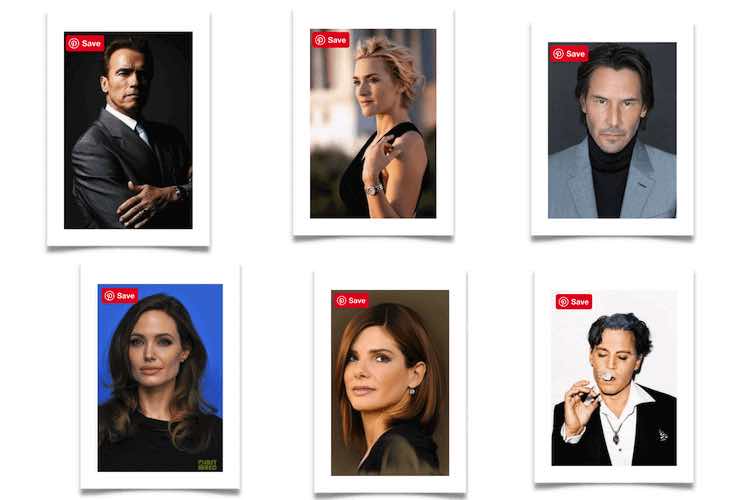Justin Bridges is a fashion and portrait photographer based in New York. Justin began taking photos as a college student studying finance and economics. Today, he balances his photography career with a passion for personal finance. His approach is to capture the untraveled moment and apply a feeling of art and thoughtfulness to each photograph.
Justin has worked for fashion publications (GQ, Details), brands (Giorgio Armani, Public School NY), and stores (Barneys, Bloomingdales, Totokaelo).
If you want to get some tips on fashion and portrait photography, read on!
How did you get into photography and in particular fashion and portrait photography?
The origination story dates back to college. Facebook had just launched around my sophomore or junior year, so taking pictures actually became a socializing thing. I had this little tiny point and shoot camera I started playing with but soon realized its limitations, and borrowed a friend’s DSLR - a Canon Rebel. It was off to the park to shoot friends. I guess I got addicted back then.
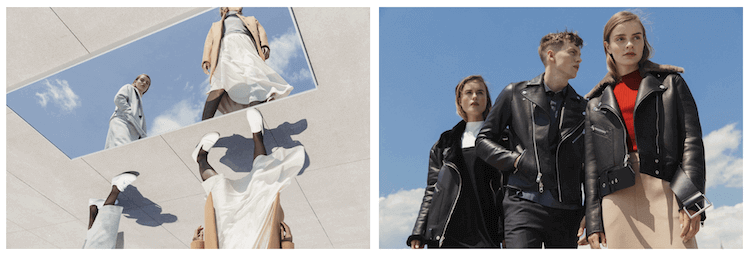
Shooting people was always my favorite thing, starting with street photography and eventually moving more towards fashion and portrait work. I think I really found my foundation after moving to NYC. My interests really started solidifying as I got exposed to more and more from walking the streets, meeting people, shopping, and exploring my own photographic skill set.
I knew early on in NYC that I was going to work to be a fashion photographer and that portraiture would become a necessary part of my personal work if not mixing in with my commercial commissions.
Mostly you are working with people, is it difficult?
I started my career with street-style photography. It allowed me to hold on to my shyness a little while longer, sniping images of people at a distance, and only interacting if I had to. Unfortunately, my interests lie in my produced types of shoots. I think overtime, being exposed to how this city works, I learned to peel back my shyness layer by layer. I’ve found a decent balance. When I’m on set for 10-12 hours a day, I just accept that kind of energy and lean into until the moments it’s over. The balance for me has come at the cost of having a social life because I need the alone time to recharge before the next shoot with 7-15 people surrounding me.
I’ve found a decent balance.
I wouldn’t trade it for anything, though. Is it difficult, maybe. I think the better response is that it doesn’t come naturally, so making it look as if it does is the only part I sometimes flinch on - in those moments, you can read the stress or frustration on my face. Other times, it’s fluid and you kind of hit this photographic flow state.
What’s your favorite piece of equipment for portraits?
I have all types of gear. And it’s all amazing for different reasons.
For instance, I love my Phase One XF system - the IQ350 pair with a 150mm Schneider LS lens is beautiful (although that lens is on my wish list, I don’t own it yet). The results wouldn’t be the same but I can achieve all kinds of things with any camera…
My Canon 5D MK4, the film version of the 5D, the 5 (A2). I even just bought a Mamiya 645AFD that works with the lenses I own in my Phase kit but has a 120-film back. All these things are great! I’d even be remiss if I didn’t mention lighting gear.
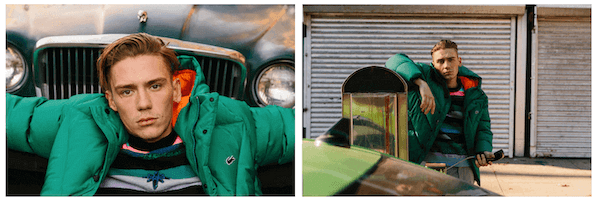
However, none of this matters more than the relationship between me and the subject. I’m not a very vocally directional photographer unless I need to be - goes back to the shyness. When I do give direction, it can be slightly awkward but often we find a moment to laugh on set or discuss something offbeat. And those moments usually let the subject be at ease or find some relatable comfort with me. That kind of stuff makes the picture, not the gear.
If you press me, though, I think either my digital medium format set up because it provides me flexibility in dynamic range, and provides a depth of field for portraits that are unlike its Canon or Nikon 35mm friends. It’s a special piece of equipment that took me a lot of working hours to afford.
What is your overall philosophy about lighting?
Less is more. With everything in an image, I want to take away anything that isn’t necessary to communicate the message. I don’t have a certain lighting technique that I turn to for every type of shoot. I feel like that happens mostly with people that get too comfortable in a particular style.
Less is more.
I think lighting should be dictated by the narrative. Lighting itself is tracking of the narrative - you’ve got styling, expression, movement, lighting, set… All these tracks hopefully converge peacefully, harmoniously.
What projects are you working on now?
I just completed an editorial for Metropolis Report which focused on the strength and power of black women. That one really made me proud. I’m doing a lot of brand work for clients. That’s sort of my sweet spot, handling 75-80% of a brand’s photography needs since I can deliver across channels - look book, ad/campaign, social content, and still life. The latter not being my favorite but I can chip in where needs are.
I work a lot with Kith, Onia, and some other really strong brands. I’m also an educator on Skillshare, where I’ve taught 5 photography classes, and just realized my first personal finance class which I’m stoked about!
If you could advise new fashion or portrait photographers what would it be?
Take advice, make mistakes, but don’t take anyone path as some sort of silver bullet to success. You have to know what advice is good for you contextual against your current experience, skill set, etc. A lot of people ask me for advice and I give them honest and transparent feedback, but I feel sometimes they internalize it as a follow these steps exactly kind of thing and it’s not. They didn’t start their career when I did; they don’t have my network. They don’t even have my proclivities towards certain academic topics that inform my business and inspirational behavior. You have to understand how to read between the lines.
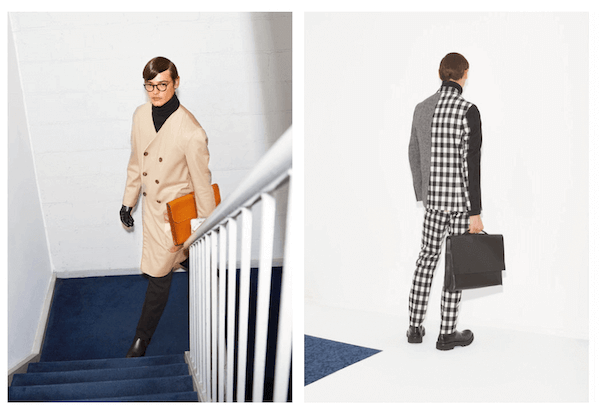
I would also add, be a professional. It’s so easy to be casual these days and I can’t stand it. People reach out to be on social media with sentences that barely make sense and they’re all asking for opportunities. Maybe I’m old school, but I feel like we have forgotten what difference means. After a 1-year relationship with a client, maybe I’ll develop a shorthand with them, but I still try to keep e-mails and other forms of communication as professional as possible - at least when you’re just starting out.
Lastly, just practice and practice. Don’t confuse success with being ready. There will be tons of little wins - like lighting something correctly for the first time; or landing that 2nd or 3rd look book. That’s just the beginning, it isn’t the end. Since so many photographers will start their journey with no assistant work, no apprenticeship, and will largely learn from the Internet and trial and error, it’s important to stay hungry. Chase your curiosities when it comes to technique and skill, as well as creatively through concepts and ideation. You may start out referentially by copying mood board images, but challenge yourself to dream beyond those borders and just write textual ideas in a notebook and doodle your own references from your own mind instead of someone else’s work.
Follow Justin on Instagram and check his classes on Skillshare.
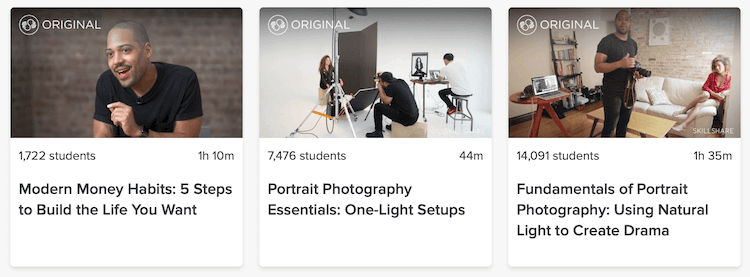
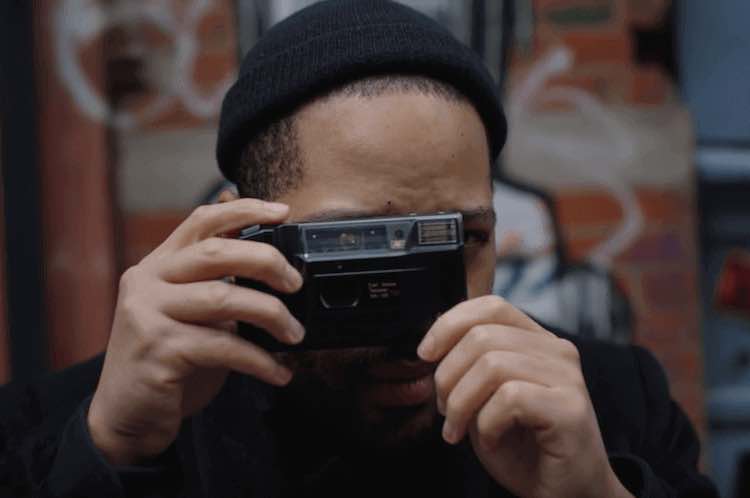
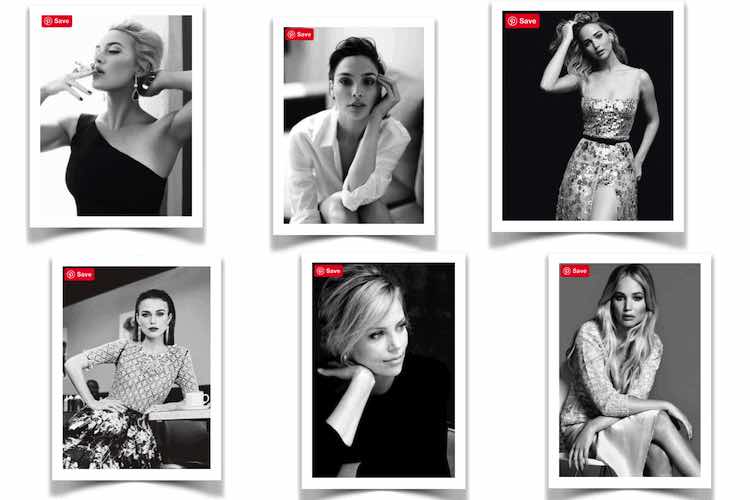 Hand Poses Professional Photographers Use for Celebrities
Hand Poses Professional Photographers Use for Celebrities